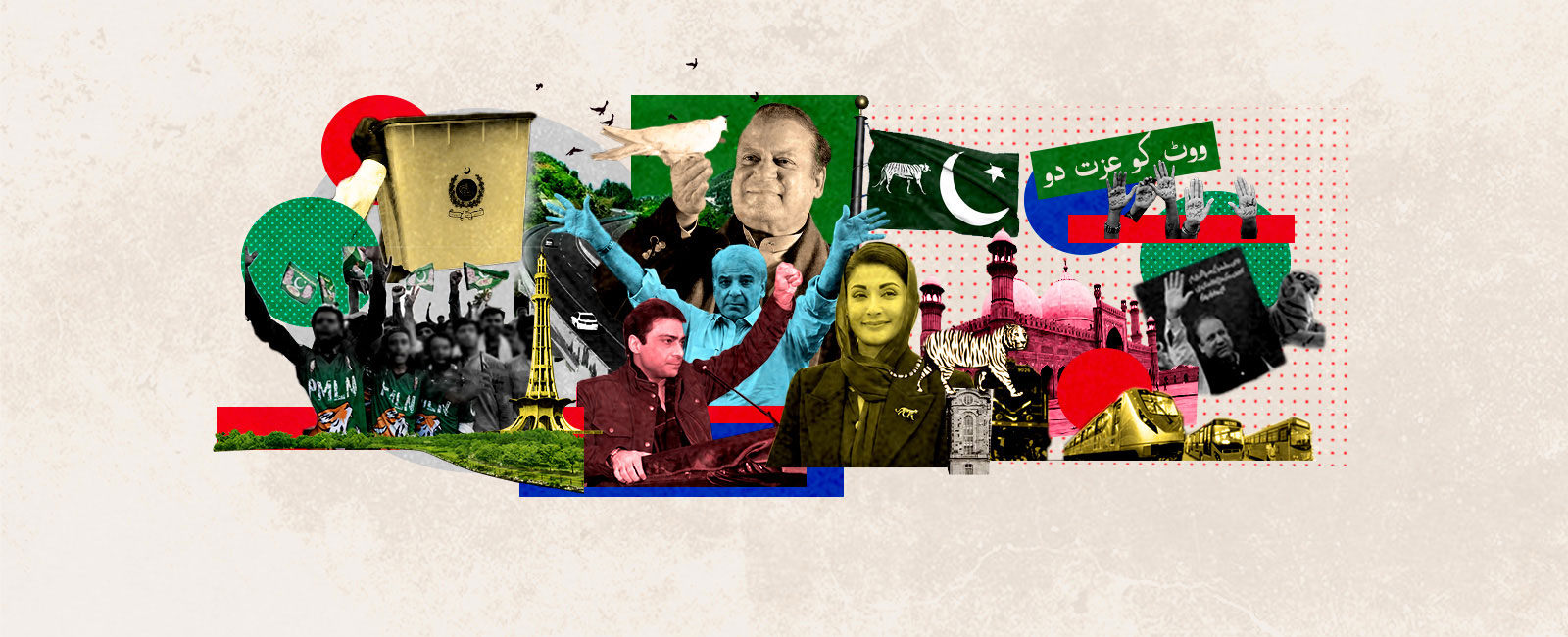PML-N: The litmus test

When the centre-right Pakistan Muslim League-Nawaz (PML-N) picked up the gauntlet for the February 8 elections, little did they know that they had signed up for the most uncertain electoral battle ever — one that will be fought on a live minefield in the dark.
The onus of putting a respectable score on the polling board that looks believable lies with the party, which is currently rubbing shoulders with the old guard. And without giving the game away, the PML-N has to dispel the impression that they are on political steroids in the form of the aegis of the system.
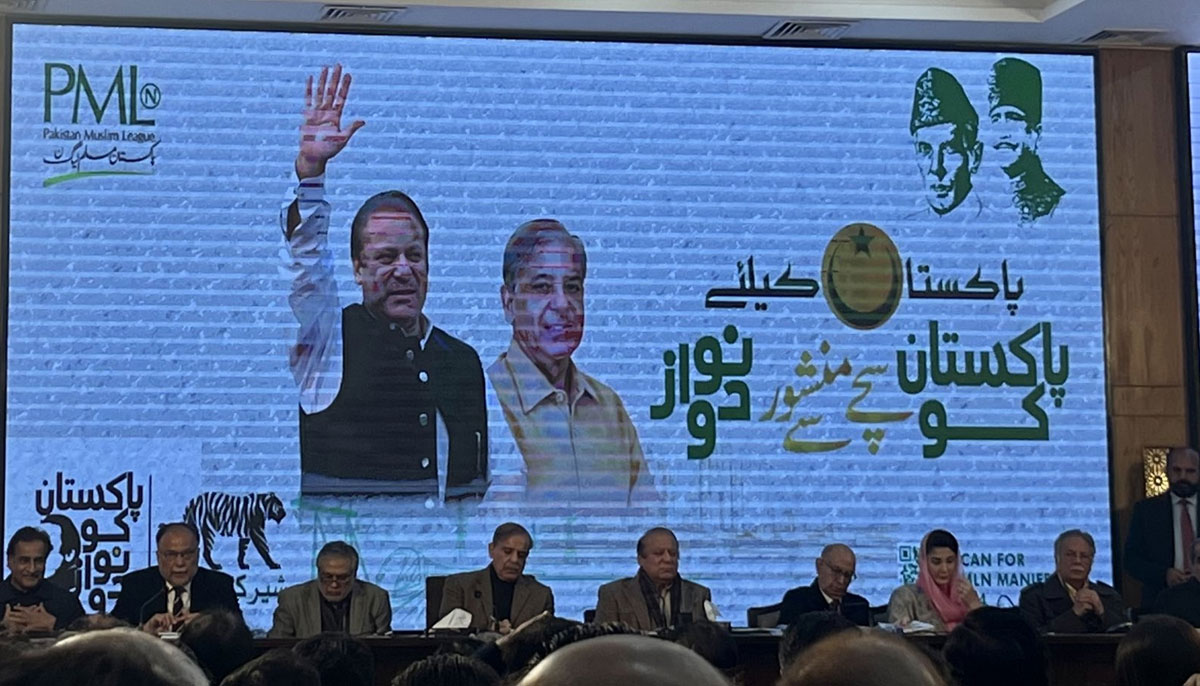
After nearly handicapping PTI, the only political team that batted the PML-N on its turf, Punjab, the latter has been furnished with the right leverage to install its supremo in the prime minister’s office fourth time, the 'forces that will always be' seem to have got the league covered for it all.
With PTI leader Imran Khan imprisoned and disqualified and the PTI cowed down otherwise, the PML-N should have been feeling quite confident. However, the unending anxiety within the PML-N’s ranks shows that perhaps not all is well.
One possibility for the PML-N’s disinterest in the electioneering process could be the apprehension that the party might end up getting incinerated in someone else’s shootout. It lost political capital after accepting the 16-month rule in April 2021. That was a tug of war between two individuals; now too two individuals have locked horns. On the face of it, former PM Nawaz Sharif doesn’t want to lose the remaining party support by becoming party to a managed electoral process.
It is not in the interest of the PML-N, especially Nawaz Sharif, to be identified as the party being patronised by the powers that be. Mian Nawaz Sharif had struggled a lot to walk tall without such interventionary support, having said goodbye to this kind of patronage on October 6, 1993, after being abandoned by the late Ghulam Ishaq Khan-Lt-Gen (r) Waheed Kakar duo. This divorce paid great political dividends to Nawaz Sharif and his party in the years that followed, being seen as a popular leader who didn’t take dictation anymore.
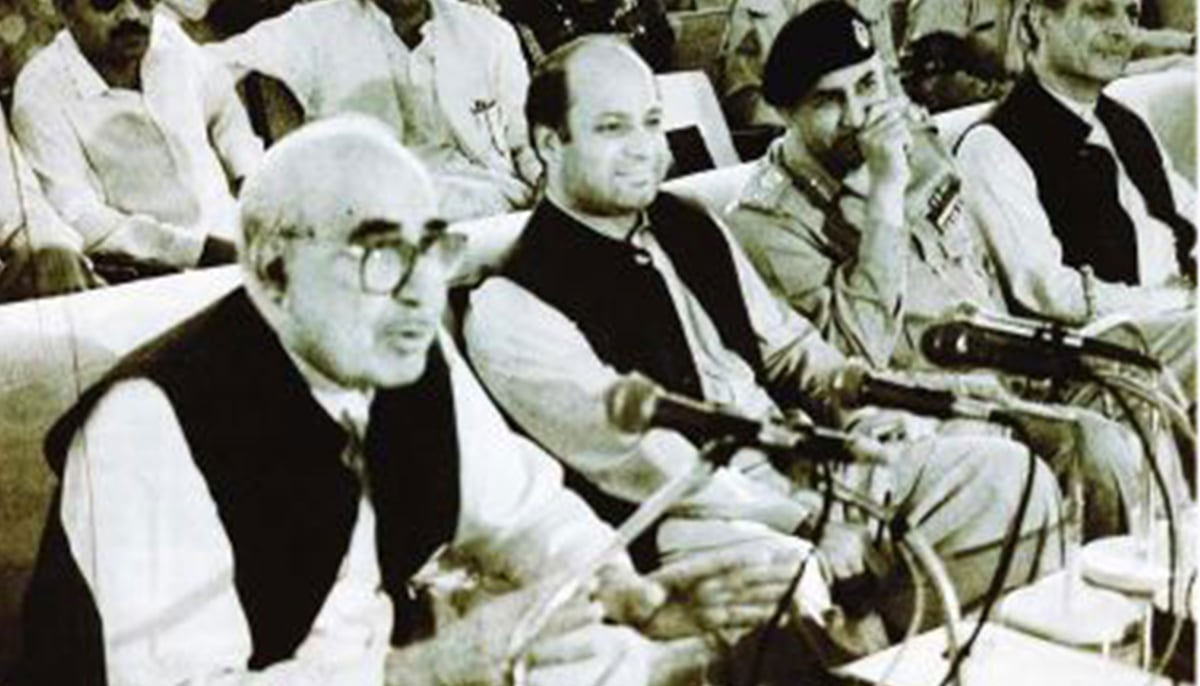
The PML-N’s main electoral rival, the PTI, is on the run in the wake of the May 9 incidents. The PTI has been denied the election symbol, implying a mess on polling day. Add to this the loss of around 230 reserved seats across the country. Yet — oddly enough — the PML-N is reluctant to come out in the open to grab the opportunity it has been handed, perhaps to avoid being seen as a stooge again. It is probably this tag he is trying to avoid.
Nawaz faces a similar problem with his election narrative. He had built a popular political posture of being critical of establishment politics in the last couple of years. The narrative sailed even beyond expectations and won the PML-N many seats during the interim polls despite the party being in the opposition. Unfortunately, the consequent PDM government’s poor performance squeezed the soul out of that rebellious narrative. The former PM is thus left with nothing to sell to his inflation-stricken supporters.
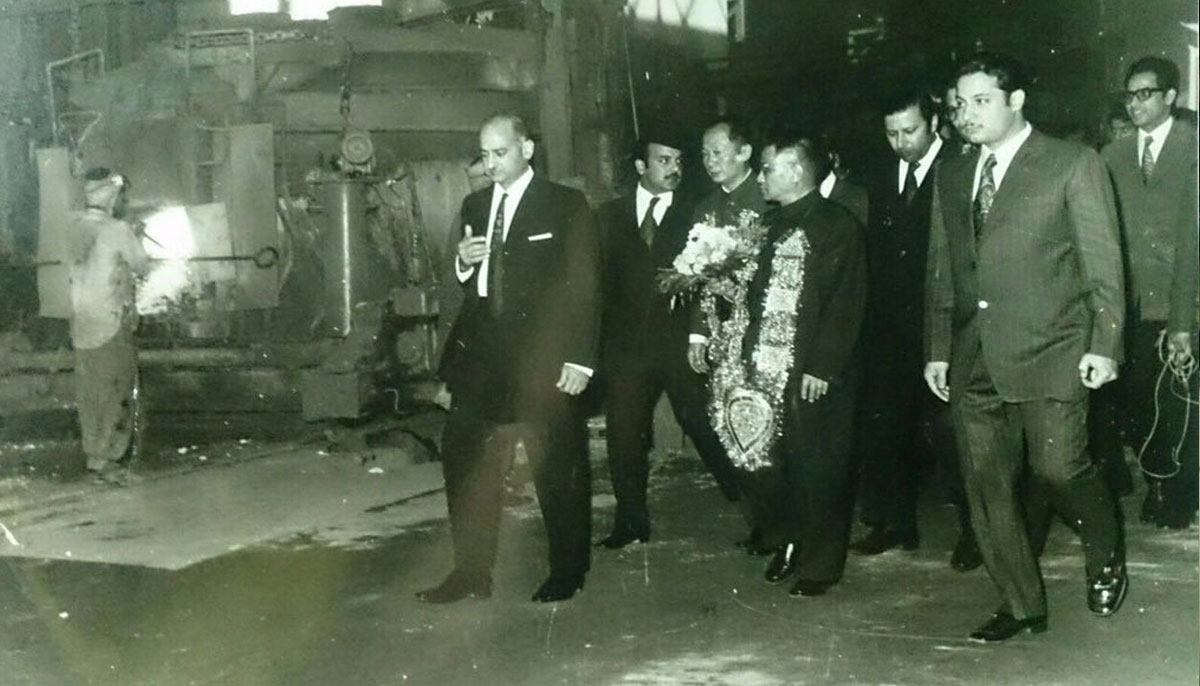
Nawaz Sharif’s political history started when he became caretaker finance minister of Punjab in 1981 under Governor Rule. In 1985, he was elected as MNA and MPA from Lahore in the non-party-based elections. A few days later, he was sworn in as the elected chief minister of Punjab.
After Gen Ziaul Haq died in a plane crash in 1988, general elections were held the same year. The PPP emerged as the largest political party in the country in the party-based elections. It formed governments in Sindh and (former) NWFP too. In Punjab, however, Nawaz Sharif became the CM for a second time.
Nawaz Sharif became the PM in 1990 under the establishment-sponsored platform, Islami Jamhoori Ittehad (IJI). The coalition fell victim to Article 58-2(b) at the hands of Ghulam Ishaq Khan in 1993. This led to the formation of the PML-N on October 6, 1993.
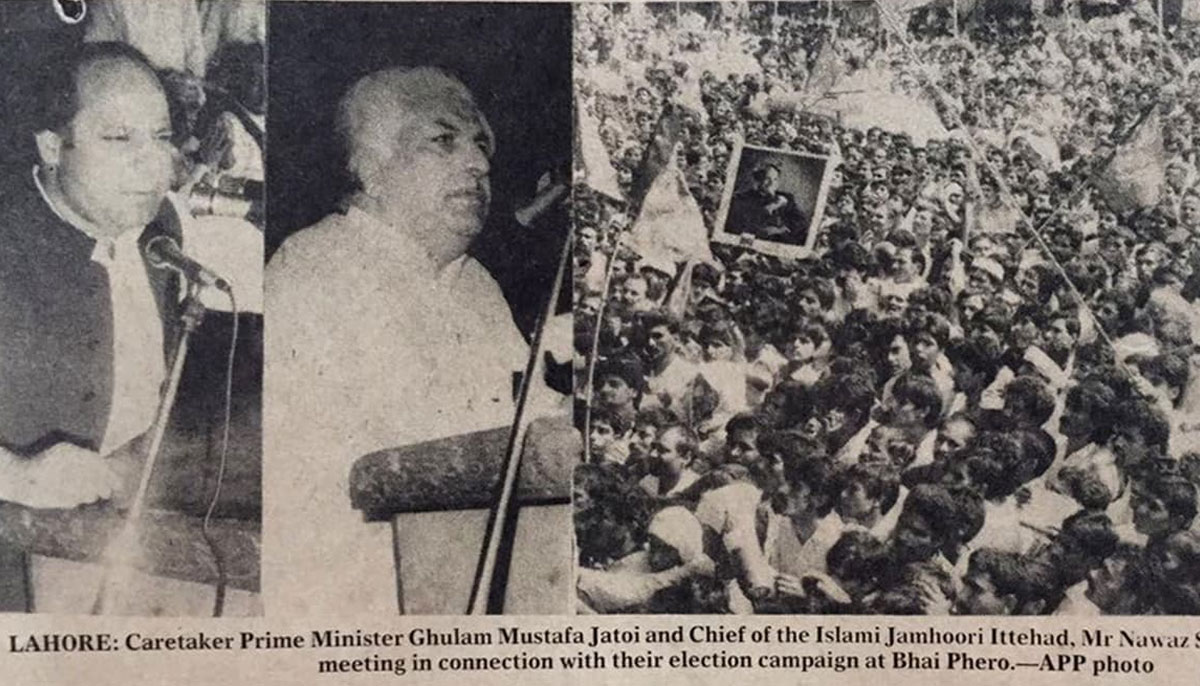
The real success journey commenced in 1997 when Nawaz Sharif and his PML-N bagged huge electoral victories at the Centre and in Punjab. The government was toppled again in 1999 by the late Gen Musharraf. Nawaz and his brother, Shehbaz Sharif, along with the other leadership were jailed or victimised otherwise. The Sharifs later brokered a deal and went into exile in Saudi Arabia under strict conditions.
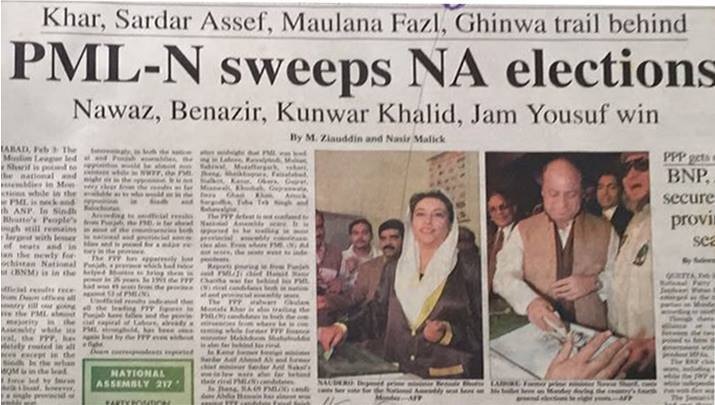
In 2002, the Musharraf regime held elections in which the PML-N and the PPP were denied fair polls. Both suffered, but the PML-N was dealt a severe blow with just 17 seats in the National Assembly. In 2008, the PML-N emerged as the second-largest party in the centre and formed the government in Punjab. In 2013, the PML-N returned with a bang under Mian Nawaz Sharif. It easily formed the government. However, in what the PML-N says was a well-thought-out conspiracy, Nawaz Sharif was removed as PM, had to surrender party leadership, and faced lifetime disqualification as well.
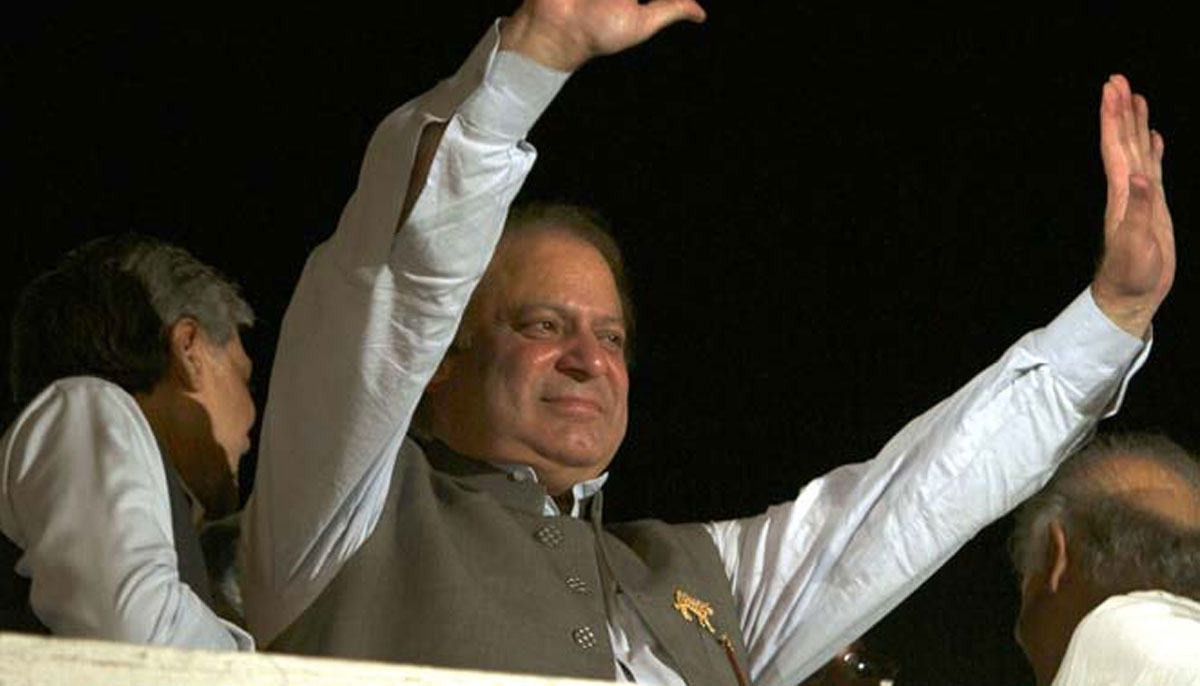
In today’s politics, given its context, it seems the PML-N is still figuring out the impact of the pre-poll micro-management by its well-wishers. That said, the PTI doesn’t have the required skilled force to handle the poll process after having lost experienced candidates already. Most importantly, can the PTI protect the sanctity of the ballot on February 8 and beyond? This will be the difference between winning and losing. The only strength it seems to have is its diehard vote bank. And that is what its opponents are scared of, especially the PML-N.
There is a general perception that the existing inflation was a result of the PDM period. Very few take a look at the economic statistics during Imran Khan’s rule. This is one of the most important factors the PML-N is struggling to put a lid on. Nawaz Sharif is pegging hope in his last tenure’s performance, focusing on the 2013-17 success under his rule. And, of course, what ills the country had to face consequently. Without naming the masterminds of the plan at that time, the former PM keeps stressing about punishing the culprits. But it is not certain that the people are buying all this. What they want is immediate relief from the dire economic situation right now.
The PML-N is hoping to pull at least a simple majority in the February polls. At the moment, it looks like only Punjab can catapult the party closer to its claimed objective. Ironically, the party is faced with the fiercest challenge from the battered PTI. The PML-N’s concern is valid since Punjab generally decides the configuration of the government in the centre.
The PML-N knows a greater turnout could be ominous for its plans of bagging Punjab. The bewildered PTI vote bank, a bulk of it comprising the youth, could be troublesome on election day. Add to this TLP’s rightwing share -- and the PML-N fights with its hands. It will not be a rural-urban, biradari (brotherhood), or grouping contest in 2024. The theme will be Imran Khan versus the anti-PTI lot.
Another hitch is that the PML-N is carrying the unwanted load of the PTI turncoats in a few vital districts. The general voter has developed a clear perception that floor crossers should be punished. This image is a headache for the IPP too. Though the PML-N has managed to keep the electoral bargain reined in, the swap still has the potential to infect some important districts.
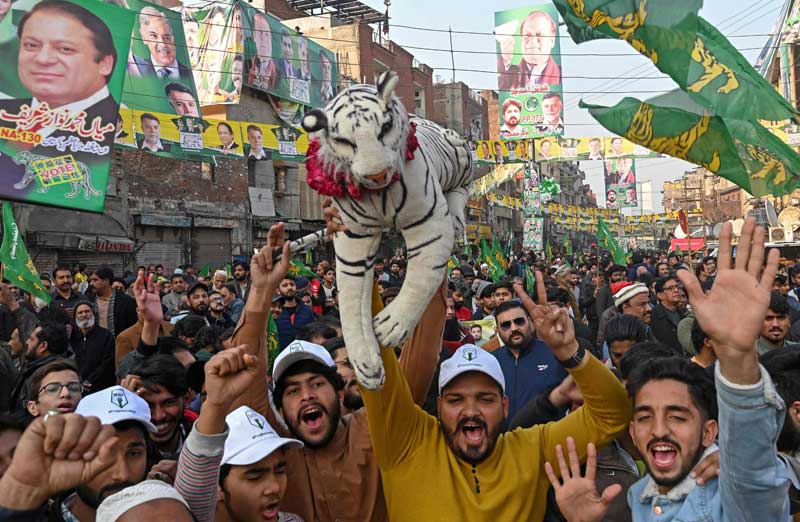
The emerging electoral picture in Punjab reflects a split mandate if the PTI’s independent candidates are not cornered any further on and after polling day. If the PTI were allowed some room, it would be a two-way contest in Punjab with some independents and TLP getting some share. Otherwise, the PML-N is expected to win a good chunk with the IPP fetching a few. Non-PTI independents will also grab a good number. TLP too is anticipated to perform well in the urban areas. The PPP, despite all the hype, might not leave a considerable mark in Punjab.
In Sindh, the PPP will emerge as the single largest party followed by the MQM. The GDA doesn’t seem to be finding any electoral traction. The PTI is poised to bag a few from Karachi regardless of any manoeuvrings.
In Khyber Pakhtunkhwa, in the event of an intervention, the PML-N, JUI-F, PTI-Parliamentarians of Pervez Khattak, ANP, JI, and PTI independents will have a messy run. There will likely be a complete split mandate. However, in case the PTI gets some space in the contest, a lopsided result is anticipated. Similarly, the PML-N seems to have an edge in Balochistan, notwithstanding any engineering attempts.
The overall election process seems confusing. There are many variables. But, given pressure on the PTI, the PML-N appears to be emerging as the single largest party. Any change in the pressure on the PTI would change the expected result.
The writer is a correspondent for The News based in Lahore
— Header and thumbnail design by IMM Creative



